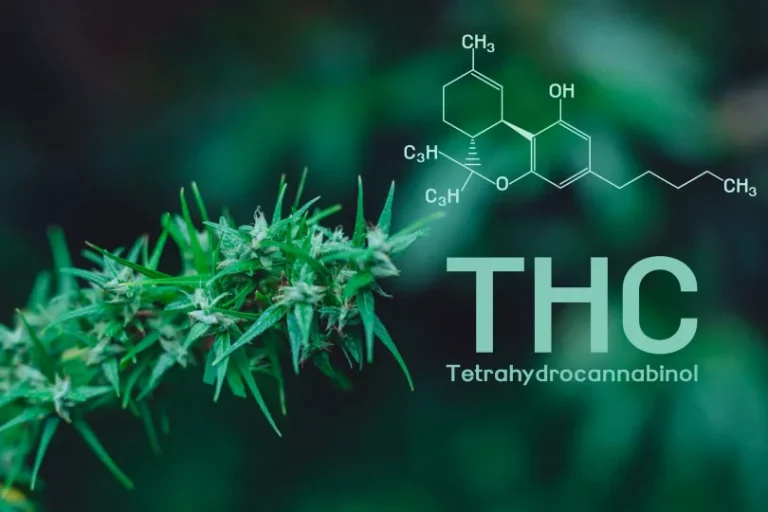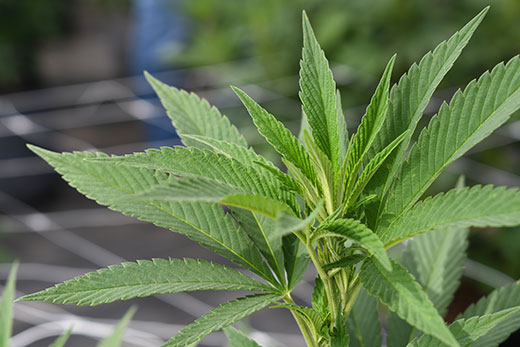Can Cannabis Help With Pain in Adults With Sickle Cell Disease

Is inhaled cannabis with an approximately 1:1 ratio of Δ-9-tetrahydrocannabinol to cannabidiol a safe and effective adjunct to opioids in adults with sickle cell disease–related pain?
This randomized clinical trial including 23 participants found that inhaled cannabis was safe. Inhaled cannabis was more effective than inhaled placebo in interference in mood, but there was no statistically significant difference in pain rating between cannabis and placebo.
These findings suggest that cannabis should be investigated further in larger and longer clinical trials in adults with sickle cell disease with chronic pain as an adjunct or alternative to opioids.
Cannabis is currently available for medicinal use in 33 states and the District of Columbia. Pain is the principle reason individuals report for accessing cannabis from dispensaries nationwide. A report by the National Academies of Sciences, Engineering and Medicine cited pain as the therapeutic indication with the strongest evidence base in the published medical literature. However, little data from controlled human clinical trials are currently available to support the widespread use of medicinal cannabis in painful conditions, including sickle cell disease (SCD).
Sickle cell disease is characterized by chronic pain with intermittent acute painful vasoocclusive crises. Recently, several new drugs have demonstrated effectiveness in preventing or decreasing the frequency of vasoocclusive crisis pain. However, therapies for chronic pain in SCD remain underinvestigated, although 55% of individuals with SCD report having pain more than 50% of the time. Opioids remain the mainstay for treatment, despite downsides that include constipation, pruritus, respiratory depression, and risk of addiction. The increasing incidence of opioid-associated deaths has further escalated opioid hesitancy among clinicians, potentially compromising the treatment of pain in SCD.
An incomplete understanding of the mechanisms underlying SCD pain contributes to the lack of effective treatments. Pain in SCD is complex, demonstrating neuropathic as well as inflammatory characteristics. Likely contributors include systemic inflammation, neurogenic inflammation, oxidative stress, hypoxia and reoxygenation, vascular dysfunction, and end-organ damage. Preclinical studies suggest that cannabinoids may ameliorate pain and address the underlying pathophysiologic changes in SCD. Intraperitoneal CP55,940, a synthetic nonselective high affinity agonist of cannabinoid receptors 1 and 2 significantly reduced chronic and hypoxia–reoxygenation-evoked pain in HbSS-BERK sickle mice. These mice closely recapitulate clinical and pathophysiological features of SCD.
Cannabinoids have analgesic and anti-inflammatory properties and may ameliorate mast cell activation, leukocyte trafficking and adhesion, neurogenic inflammation, oxidative stress, endothelial activation, and hyperalgesia via cannabinoid receptors 1 and 2 Several trials have suggested that cannabis may effectively treat neuropathic pain. In addition to the analgesic effects of Δ-9-tetrahydrocannabinol (THC), the main psychoactive cannabinoid in cannabis, there are anti-inflammatory and analgesic properties purportedly associated with cannabidiol (CBD). These findings provided the basis for conducting this human proof of principle study of the safety and effectiveness of vaporized cannabis in adults with SCD with chronic pain.
Conclusions
This randomized clinical trial found that the cannabis used in this study was well tolerated. Adverse events were mild and equivalent to those reported by the placebo recipients. In contrast to many of the pharmaceuticals in the clinician’s daily armamentarium, cannabis has been consistently shown to be a generally safe intervention. People with SCD are often using multiple medications. Since no significant adverse effects were observed, this proof of principle study has the potential to encourage and guide future larger and longer investigations into the potential use of cannabis-based interventions in chronic pain that could help to attenuate the ongoing public health crisis related to opioid use.
Source: https://jamanetwork.com/





